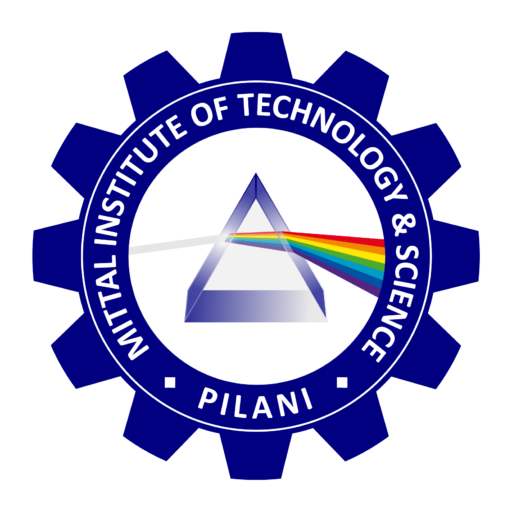
Center for Research in Solar System
Exploration of the Solar System
The study of the Solar System is a fascinating and essential area of research that seeks to unlock the mysteries of our celestial neighborhood. The Department of Research in Solar System aims to systematically explore all aspects of the Sun, planets, moons, and other celestial bodies, alongside the vast array of materials and phenomena present within the solar family. This comprehensive research initiative delves into the complex dynamics that govern planetary motions, the composition of the Solar System, and the technological advancements that enable the detection and analysis of distant objects.
The Sun and the Planets
The Sun, at the heart of the Solar System, is a critical object of study. Its immense gravitational force holds the system together, and its energy powers the diverse processes occurring on the planets and moons. Understanding the Sun’s structure, solar flares, coronal mass ejections, and its role in space weather is vital for predicting its influence on Earth and other planets. The department explores not only the Sun’s surface and atmosphere but also the solar winds and their interaction with planetary magnetospheres.
Each planet in the Solar System has its unique features and phenomena. From the barren, rocky terrain of Mercury to the massive gas giants like Jupiter and Saturn, each planet presents an opportunity for scientific discovery. This research examines their atmospheric composition, surface conditions, geological history, and potential for harboring life. Particularly intriguing are the planets that may have harbored water in the past, such as Mars, and those that have active oceans beneath icy crusts, like Europa, a moon of Jupiter. The search for water, essential to life, remains a central focus of planetary exploration.
Satellites, Moons, and Small Celestial Bodies
The moons of the Solar System, particularly those of Jupiter and Saturn, offer a wealth of knowledge about planetary formation and the potential for extraterrestrial life. Moons like Titan, with its thick atmosphere and lakes of liquid methane, and Enceladus, with its icy plumes, are of particular interest for their unique environments. Studying the geological activity, magnetosphere, and potential subsurface oceans of these moons will enhance our understanding of habitability in extreme conditions.
In addition to moons, the Solar System is home to numerous smaller celestial bodies, including comets and asteroids. These ancient remnants of the early Solar System provide clues about the conditions that existed during its formation. Research into the trajectories of these objects and the potential for asteroid impacts on Earth is critical for planetary defense and understanding the hazards they pose.
Planetary Motions and Alignment
The intricate dance of the planets as they orbit the Sun is governed by the laws of physics, and understanding these motions is crucial to predicting celestial events, such as eclipses, conjunctions, and transits. The alignment of planets, while rare, presents unique opportunities for observational studies. Gravitational interactions between planets and moons also contribute to phenomena such as tidal forces and orbital resonance, which can influence both geological processes and the potential habitability of certain worlds.
Telescopes and Electronic Equipment
Advancements in telescopic technology have revolutionized our ability to explore the Solar System. From ground-based observatories to space telescopes like the Hubble and the James Webb Space Telescope, these instruments provide detailed images and data from distant planets and moons. This department investigates the design and implementation of various types of telescopes, including optical, infrared, and radio telescopes, and the electronic equipment used to enhance data collection. The exploration also involves studying robotic spacecraft, landers, and rovers that gather in-situ data from planets and their satellites.
Open Questions and Major Discoveries
While much has been learned about the Solar System, many open questions remain. For instance, the exact processes that led to the formation of planets and moons, the presence of liquid water, and the conditions necessary for life are still under investigation. The discovery of organic molecules on Mars, evidence of liquid water beneath the surface of moons, and the detection of atmospheric conditions favorable to life in places such as Titan are all major milestones. These discoveries fuel the search for further signs of life and habitable environments beyond Earth.
The Search for Water and Life Conditions
Water is a fundamental element in the search for life, and its detection on planets and moons is a priority. The department seeks to identify sources of water, whether frozen or liquid, and determine the conditions under which life might exist. Mars, with its evidence of ancient rivers and lakes, and Europa, with its subsurface ocean, are prime candidates for the search for microbial life. Future missions aim to probe these environments more deeply, seeking chemical signatures that might indicate biological activity.
Chemical Substances and Atmospheric Detection
Understanding the chemical composition of planets and moons is critical for determining their potential to support life. By analyzing atmospheres, surface materials, and subsurface oceans, researchers aim to identify key chemical substances, such as methane, oxygen, and carbon dioxide, that could indicate biological or geological processes. The detection of these elements through spectroscopy and in-situ sampling is fundamental to this research, enabling scientists to infer the presence of volcanic activity, hydrothermal vents, or biological processes.
Planetary Magnetospheres and Radiation
The magnetospheres of planets play a crucial role in shielding them from harmful solar and cosmic radiation. By studying the magnetic fields of Earth, Jupiter, and other planets, researchers can learn more about the dynamics of planetary interiors and the potential habitability of these worlds. The department also examines the radiation environments around planets and their moons, which is vital for understanding the challenges future explorers may face when traveling to other parts of the Solar System.
The Department of Research in Solar System is committed to unraveling the secrets of our celestial neighborhood. By exploring everything from the Sun to distant comets, and utilizing cutting-edge technology, this department seeks to answer fundamental questions about the formation, evolution, and habitability of the Solar System. Through a multidisciplinary approach that combines astronomy, geology, chemistry, and physics, researchers hope to make groundbreaking discoveries that will expand our understanding of the universe and our place within it.

Professor Rakesh Mittal
Computer Science
Director
Mittal Institute of Technology & Science, Pilani, India and Clearwater, Florida, USA
